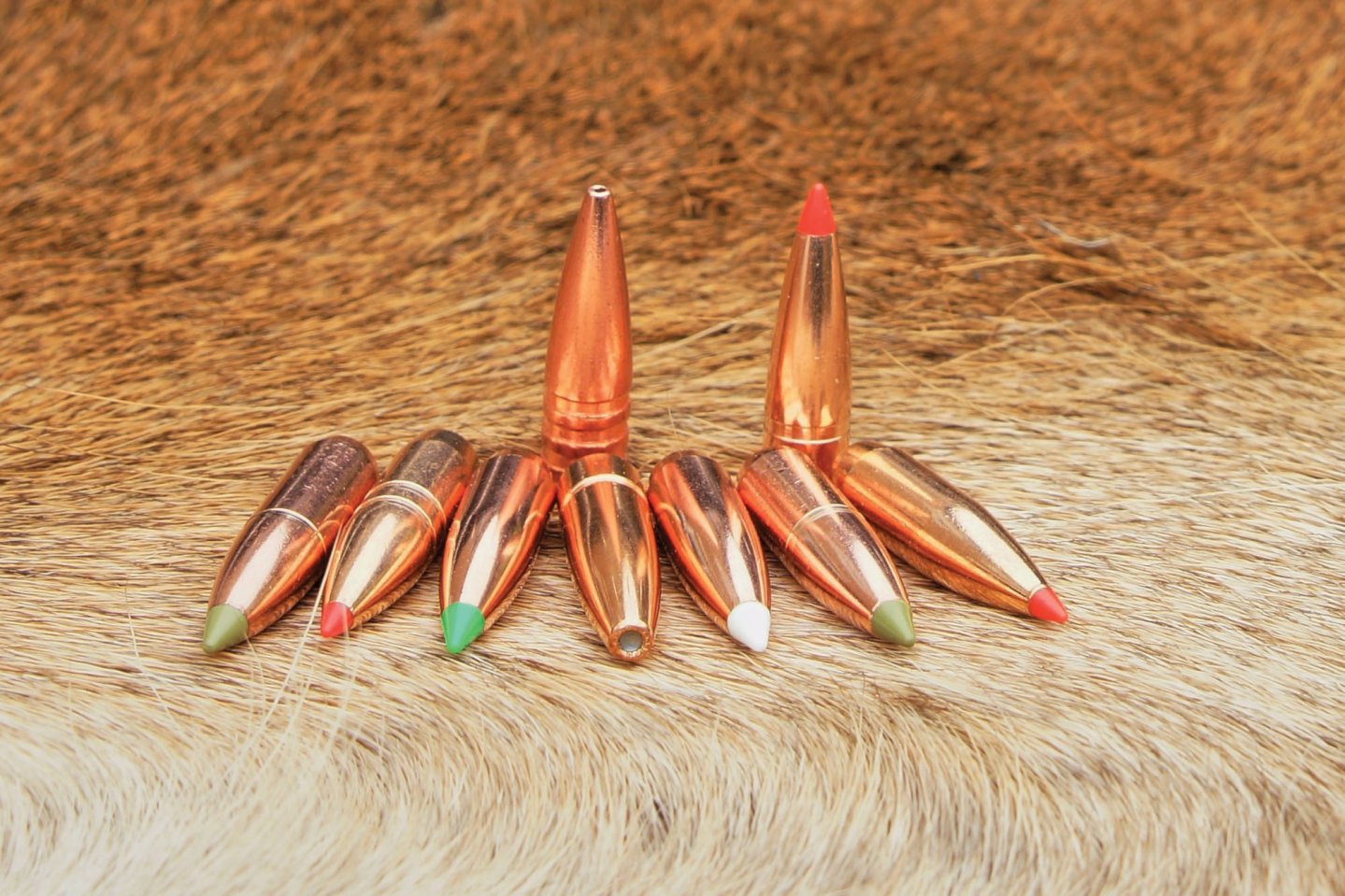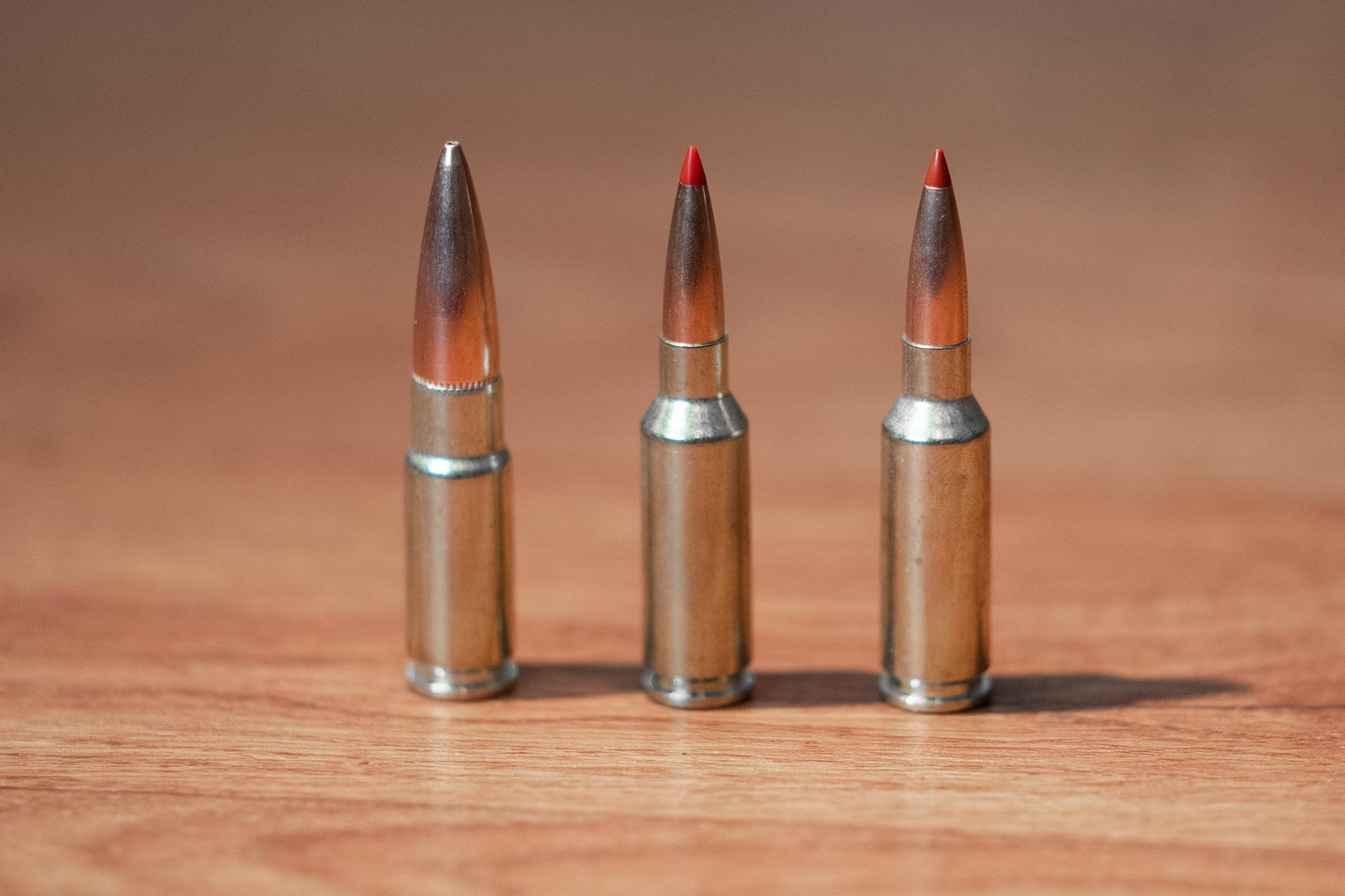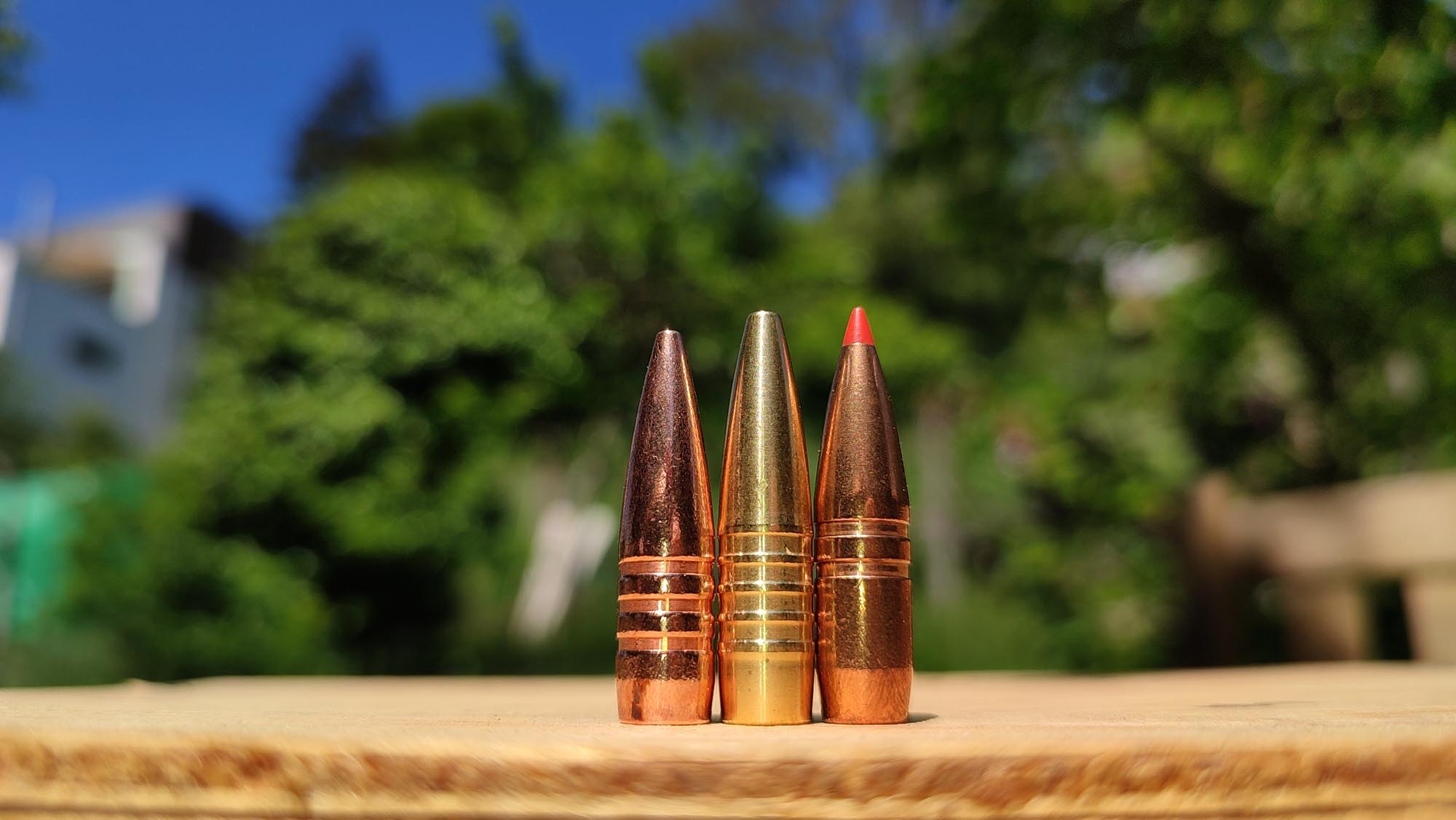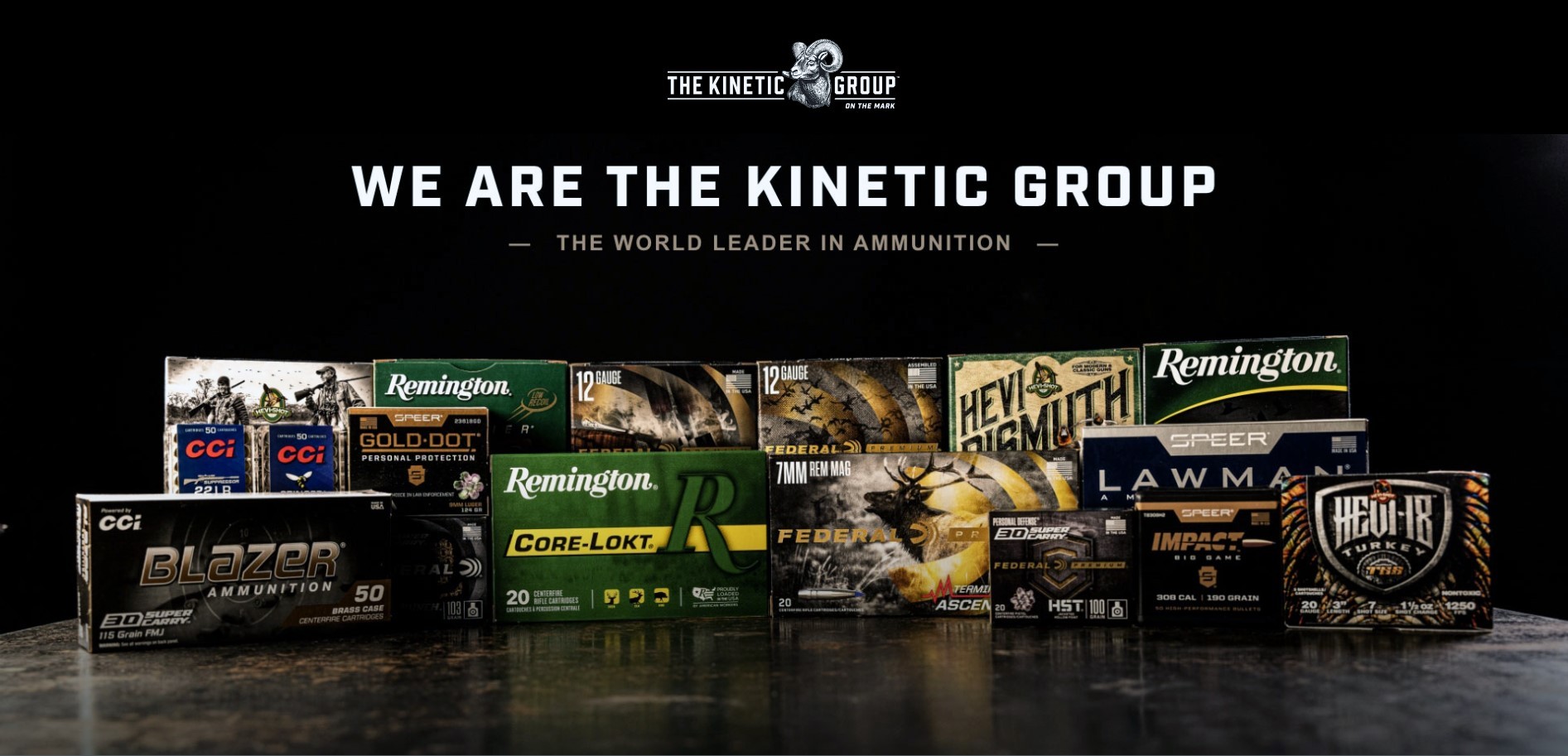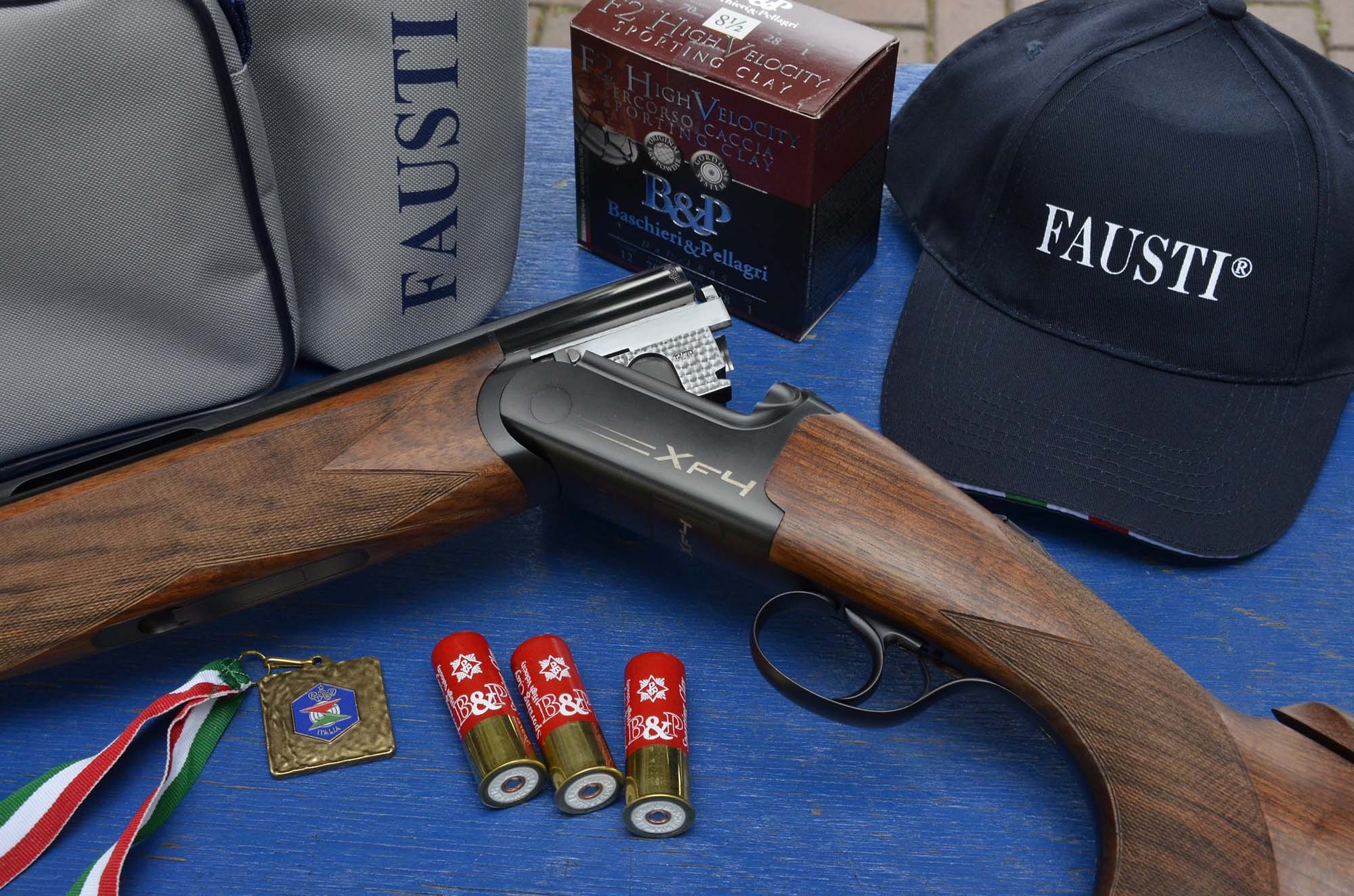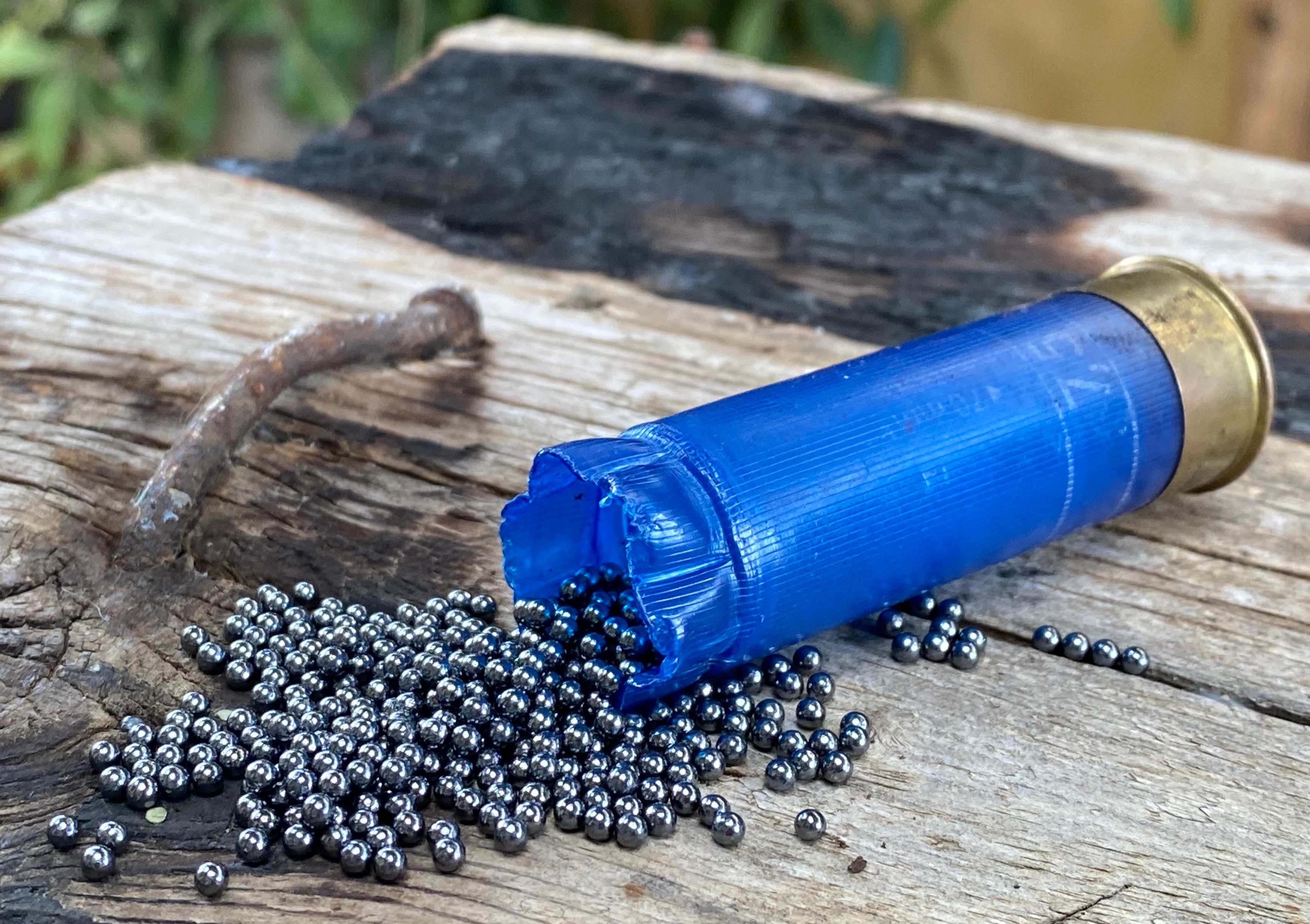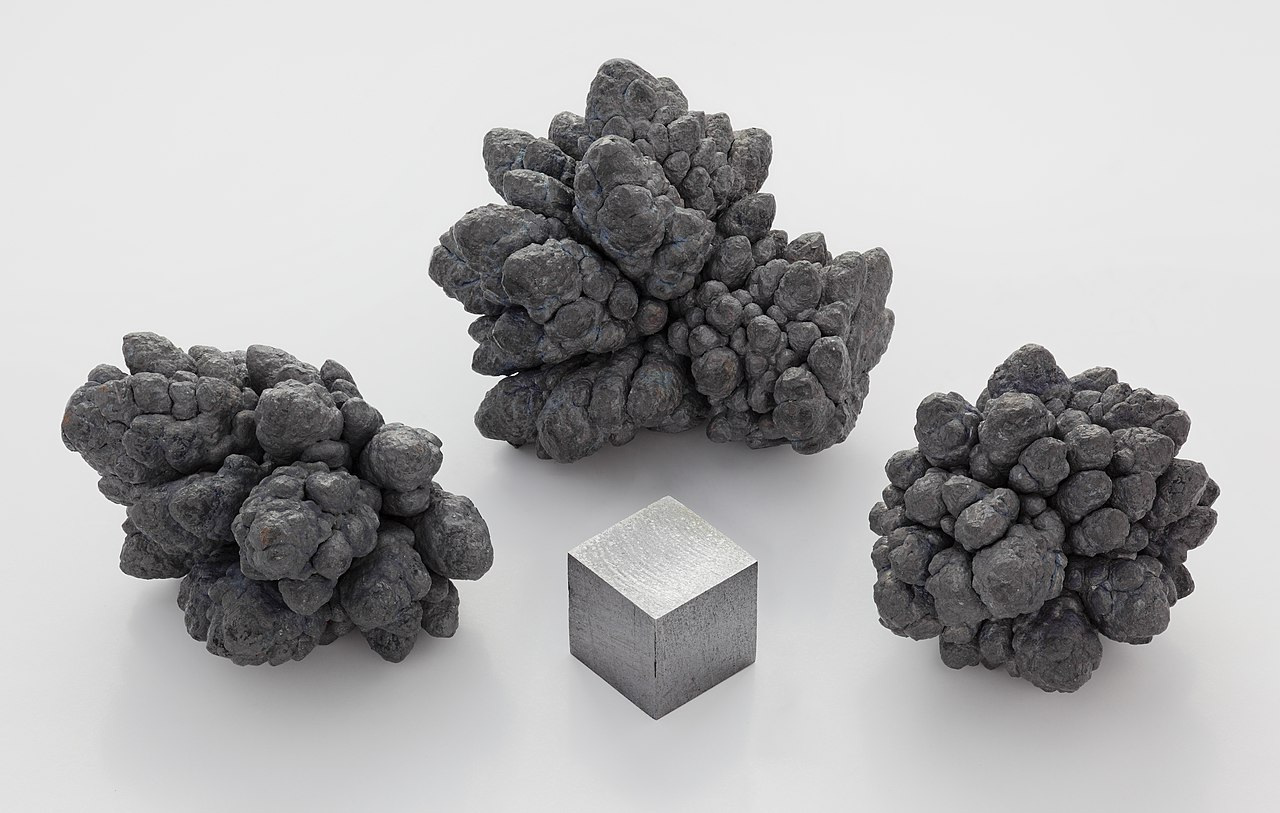Helsinki, October 3, 2019 –
ECHA (European Chemicals Agency) has begun to investigate the need for restricting the use of lead in gunshot, bullets and fishing tackle
. The intention to
prepare a restriction proposal
has now been added in the Registry of Intentions and is supported by a call for evidence and information.

To clarify the scope of ECHA’s investigation and to respond to any questions, an
online information session
was held on October 10, 2019, from 11:00 to 12:30, Helsinki time. The session was open to all, but participants had to register in advance. We assume that about 1,000 registered people attended this webinar. The call was intended for companies, trade associations, hunting, fishing or sports shooting organizations, scientific bodies and any other stakeholders or Member States holding relevant information, including hunters and fishers and all others with an interest in this issue.
The focus of ECHA’s investigation is on the risks posed by lead to the environment and wildlife as well as risks to humans through consumption of game meat. The Agency is specifically looking for information on:
- The quantities of lead used or released into the environment and the resulting human health or environmental impacts;
- Current best practice to minimize lead exposure to humans or the environment during use;
- Alternatives to lead shot, bullets and lead in fishing tackle; and other socio-economic impacts on society with regard to a possible restriction, such as costs and/or benefits to any affected stakeholders.
ECHA states: “ The information received through the call for evidence will help the Agency prepare its restriction proposal”.
Political background for the activities of ECHA on lead in ammunition
The European Commission has requested ECHA to develop an Annex XV dossier for a possible restriction on the placing on the market and use of lead in ammunition in terrestrial environments, bullets in any terrain and in fishing tackle ( read our article here ). The proposal aims to address concerns posed by lead gunshot, bullets and fishing tackle to the environment, reduce the mortality of an estimated one to two million birds, and reduce health risks to a significant population of hunters and their families who frequently eat game meat killed with lead shot or bullets.
ECHA had earlier proposed a restriction on the use of lead shots over wetlands. This proposal is currently with the EU Commission for decision making.
What does this all mean for hunters and sports shooters, and the potential ban of lead in ammunition?
It was an “impressive show” that we could watch in 90 minutes. Smart, professional, very open minded – on the first glance. But is there really goodwill to do a neutral investigation? We’ll see. Some doubts should be allowed, anyway.
Let’s talk about details of ECHA’s information from October 10, 2019:
- Topic of the current risk evaluation is the civilian use of ammunition , as we can see in the official documentation. Yet, in the question and answer part we could hear “until now” – whatever it means. But it doesn’t sound good to us.
-
We have a clear view now that ECHA is talking about hunting and sport shooting (indoor and outdoor) and that
also airgun pellets are under investigation.
-
And we learned that the risk assessment will also include “other materials” than lead. Copper was explicitly mentioned. So
we are not talking about an attack on lead only: it could be much more...
ECHA will give its recommendation to the EU Commission in November 2020.
What’s our main concern now, when ECHA tries to find arguments for a lead ban in ammunition?
Hmmm? In our opinion ECHA doesn’t care much about the relevance of inputs. Whenever there seems to be “some doubt” from whatever, it could become “an argument” against lead soon. That’s not good and it’s a risk. ECHA says that there is not much research on lead levels in blood from shooters – but indeed, there is ( a little example here ). Can we be sure there is serious research about bullet deflection using “harder material”? Indeed we can’t – and how will ECHA know? Unclear.
What about the withdrawal of the ban of lead in Norway from 2015? For 10 years lead shot was forbidden, but then pro-lead arguments finally prevailed. But now ECHA is talking about 1 million dead waterbirds. But where? In EU, worldwide? There is no reference and no significant link to lead in ammunition.
Additionally ECHA is talking about lead in wild game meat. But why and based on what? Didn't they see all the scientific studies proofing that there is no particular food pollution coming from lead? To learn more about scientific studies on "lead ammo poisoning", see our article here .
Next steps in the investigations on lead in ammunition 2019/2020:
From now on all parties are invited to contribute their call of evidence until December 16, 2019 to ECHA. Then ECHA will do the so called risk assessment.
It’s NOW the turn of our industry and all relevant organizations like AFEMS, ANPAM , FACE, CIC and many others to contribute whatever they know within the given timeline. And we even expect a reaction from the military segment of the ammunition producers – whatever “until now” means for military use of ammunition and the future supply of ammunition.It should be clear that the lead-ban campaign – far from being “scientifically justified” – is also ideologically and politically driven.
It's time to fight back, before it's too late. Even if America has strong committment on firearms in the US Constitution (Second Amendment) a gun without ammo will be like a car without fuel. In fact we are talking for sure not only about Europe anymore, if lead in ammunition will be banned.
Watch the ECHA video: the call for evidence on restricting lead in ammunition and fishing tackle
10.12.2019


